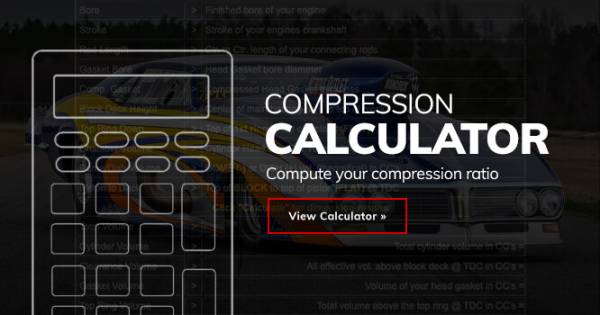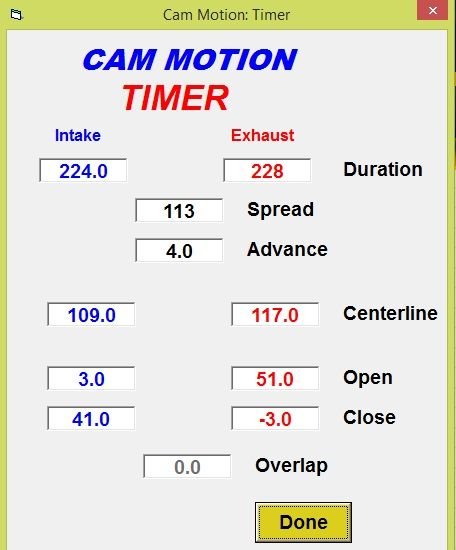

Likewise, a really pointy cam lobe that produces a lot of valve lift can be hard on the lifters and valvetrain.

An aggressive lobe profile that opens the valves quickly may make more power, but it may also kill the life of the valve springs. There is a science that goes into developing new lobe profiles and figuring out what works and what doesn’t. There’s no substitute for experience when it comes to choosing a cam, and most of these companies have a wealth of know-how that you can tap into to guide your selection process. Rather then trying to second guess which cam might be the right one to choose, the best advice is to call your cam supplier, discuss what you’re trying to accomplish and let them guide you as to which of their products will most likely deliver the results you want. Like most cam suppliers, all kinds of different grinds are available for different applications. One camshaft grinder we interviewed said his company has developed more than 60,000 different lobe profiles over the years, and currently offers more than 18,000 different grinds in its catalog. And the flatter and broader the torque curve, the better the drivability and throttle response you’ll get from the engine. Torque is what accelerates and pushes a car down the road, not peak horsepower.

Or, picking a hot cam that has the potential to deliver really big numbers without actually thinking through whether or not this is what a particular application really needs.Įverybody wants the hottest cam that will produce the highest peak horsepower numbers, but torque is actually much more important than peak horsepower – especially if you’re building a street performance motor. One of the most common mistakes engine builders make when choosing a cam, says one cam supplier, is jumping to the bottom of the catalog page and picking the cam with the biggest numbers. Everything has to work together otherwise you’re going to fall short of your goals. Once all of the details have been established, they can recommend the lobe profiles that will be best suited to the information you have provided. In addition, the cam grinder will also want to know the vehicle application (street, street/strip, drag, circle track, road race, off-road, etc.), vehicle weight, transmission type and gearing, final drive ratio, and your desired power and RPM range. The engine information spec sheet will ask for basic engine information such as year, make, type of engine, bore, stroke, type of heads (stock, aftermarket, port volumes, etc.), type of valvetrain (pushrod or OHC), valve sizes, rocker ratios, valve spring specs, compression ratio, rod length, type of induction system (naturally aspirated, number and size of carburetors, fuel injected, boosted, boost pressure, nitrous) and type of exhaust manifolds (long or short headers, tri-y or 4-into-1, collector length). Most custom cam grinders have a highly detailed spec sheet that has to be filled out before they can match a customer’s requirements with a particular set of lobe profiles. Rather than choosing a cam as an afterthought and hoping it works well with a given set of heads, intake and exhaust manifolds, compression ratio and gearing, start with the desired end result (like how much power do you want to make and in what RPM range) and work backwards from there to pick a cam, compression ratio, cylinder head, intake and exhaust system combination that is realistically capable of achieving your goals.Įxperienced cam grinders won’t recommend a cam or custom grind a cam until they have all of the pertinent details that are necessary to determine which grind will work best in a given situation. Some say building a performance engine is simple: you just build the rest of the engine around the cam. It’s all about balance and correctly matching the cam with the cylinder heads, compression ratio, intake and exhaust systems, and RPM range where you want the engine to produce the most torque and horsepower.

Choosing the right cam from all of the possibilities that are out there can make a significant difference in how well an engine performs.


 0 kommentar(er)
0 kommentar(er)
